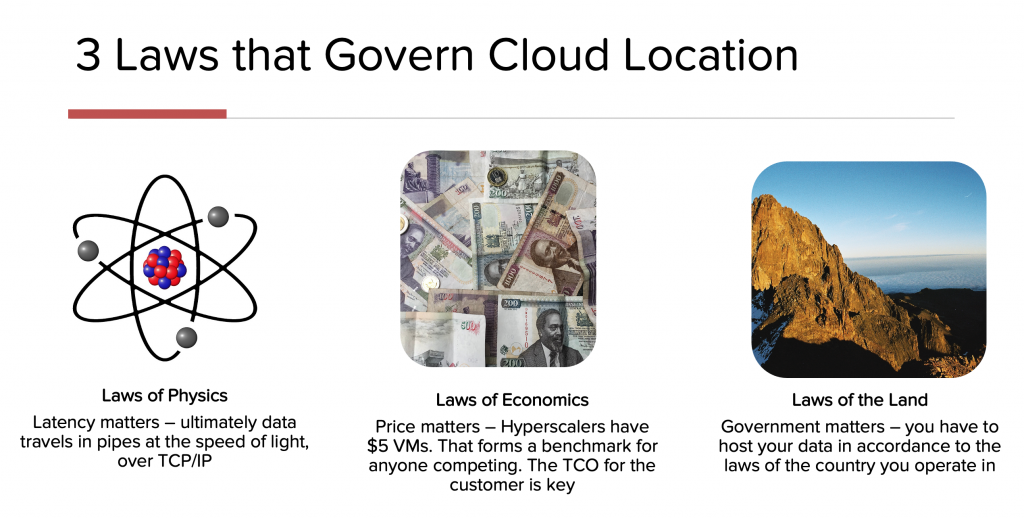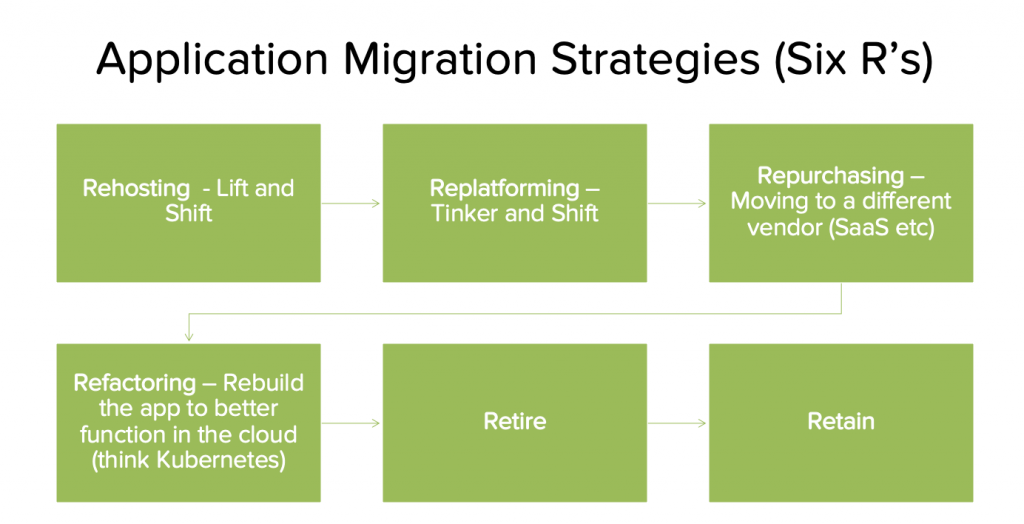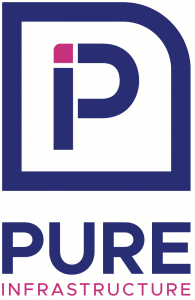The “cloud” has been transformational over the last two decades. The idea that computing can be purchased like any other utility has meant that applications that were hitherto impossible to run / too expensive to run can now be leased, on demand, from a utility (cloud provider). This has accelerated digital transformation efforts globally. Moving to the cloud, however, may at times prove to be a complex problem. In this post, we’ll share some strategies to consider.
Where should the app sit? The three laws.
One of the first considerations, is where the applications needs to be. There are three broad determinants on app location:

Laws of Economics
Price matters. The cost of ownership of an application from a particular cloud provider can determine where the application is located. As an example, an organization may prefer hosting with an in-country cloud provider, but the cost of hosting with that provider will be too high. If, including costs of bandwidth, it works out to being cheaper to host the application abroad, it may be what determines where you move to.
Laws of Physics
Data travels primarily through fibre optic cables, under sea or on land. Data moves at the speed of light and in as much as that seems fast, it does have perceivable latency. Certain applications, especially in media and payments, are very sensitive to latency. Using a local (Kenyan) example, users of M-Pesa in the late 2000s and early 2010s remember the lag whenever they were conducting a transaction. This was because all the M-Pesa servers sat in Europe, but the users were in Kenya. That lag prompted Safaricom to move the servers back to Kenya. Latency matters.
Laws of the Land
All companies exist in a legal jurisdiction which, many times, has its own laws around where certain types of applications can be hosted. If a government has a policy that, for instance banking or healthcare data has to be hosted in situ, the organisation will have to figure out how to navigate that: either host the application internally, colocate it or, depending upon the maturity of the cloud providers in the country, host it in a local cloud environment.
Capacity Building – Brooks’s Law
Once you have an idea which strategy you’ll be using – either a full migration, a hybrid strategy or just keeping applications locally – you need to start building internal capacity in your organization. Some things just require time. Fred Brooks, in his book the Mythical Man-Month, points out that some projects have limited divisibility. The example that he used was that while it takes one woman nine months to make one baby, nine women can’t make one baby in one month. It takes time to develop the skills and organisations will be well served making this investment.
A good place to start, would be moving low priority applications that have high visibility. An example of this would be, theoretically speaking, a spam filter. If something goes wrong with the initial migration, it isn’t a show stopper for the organization, but if it succeeds, it will form for a good case study with high impact. As the organization develops more capacity in the cloud environments of choice, it can adopt a more aggressive cloud migration strategy.
Application Migration Strategies – Six R’s of Cloud Migration

Rehost
This is also known as “lift and shift”. In this case, nothing changes in the application and it is moved as is to a cloud provider. This is simpler especially if the underlying virtualization platform is the same. As an example, if you use VMware, it’s easy to connect to VMware Cloud on AWS, VMware Cloud on Dell, or any of the thousands of VMware Cloud Verified Partners globally. At this stage, VMware has the most mature cloud migration solution for customers already on their platform. AWS has CloudEndure while Microsoft Azure has Azure Migrate as tools that can assist with this.
Replatform
In this case, an organization might choose to take advantage of the migration to update the underlying platform. Perhaps the cloud provider of choice doesn’t support the operating system that the application is running on, or there’s a need to take advantage of the migration to move to an open source solution to cut down on costs, which will enhance the business case for moving to the cloud. You may move from a commercial database to an open source database.
Repurchase
This involves moving to a different product altogether – often a SaaS product. A very good example of this is all the Microsoft Exchange workloads that are now Office 365 subscriptions. Other examples include tools such as Box to replace internal fileshares and so on. There is a case study of a company in Kenya that repurchased most of its internal applications keeping a very limited footprint on a public cloud for the two applications that weren’t available as a SaaS service.
Refactor
When you refactor the application, you rebuild it to take better advantage of the native tools that the cloud has. You can build truly cloud native applications that have increased features, scale, or performance. This may be the more expensive option but, depending on the application, may be the right one for an organization.
Retire
Some applications are no longer useful and the right intervention might be to simply retire them / get rid of them entirely. Platform migrations are useful as they may force conversations on the actual utility of certain applications.
Retain
For a variety of reasons, it may not make commercial sense to move certain applications to the cloud. For instance, if you’ve recently made a significant investment in the application and the costs of migration will be high, then it may make commercial sense to leave the application intact
These are the primary considerations, that, in my view, would help form a more coherent cloud migration strategy for your organisation. Get in touch with us if you need assistance with your migration on info@pureinfrastructure.com.
Recommended Reading:
1. Ahead in the Cloud: Best Practices for Navigating the Future of Enterprise IT: Orban, Stephen, Jassy, Andy, Cockcroft, Adrian, Schwartz, Mark: 9781981924318: Amazon.com: Books
2. Amazon.com: Architecting the Cloud: Design Decisions for Cloud Computing Service Models (SaaS, PaaS, and IaaS) (8601406277434): Kavis, Michael J.: Books
3. Amazon.com: The Cloud Adoption Playbook: Proven Strategies for Transforming Your Organization with the Cloud (9781119491811): Abdula, Moe, Averdunk, Ingo, Barcia, Roland, Brown, Kyle, Emuchay, Ndu: Books


